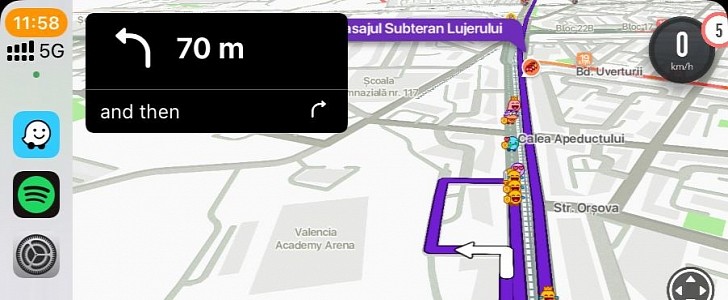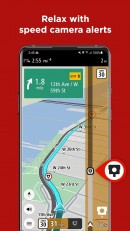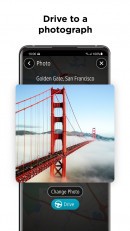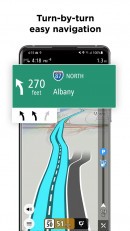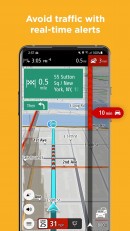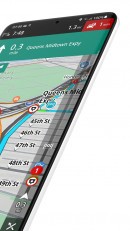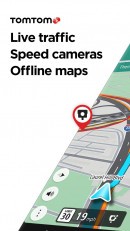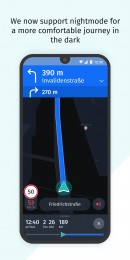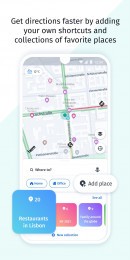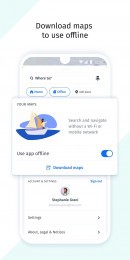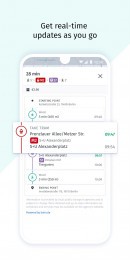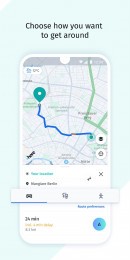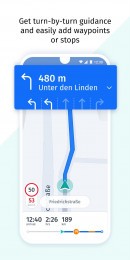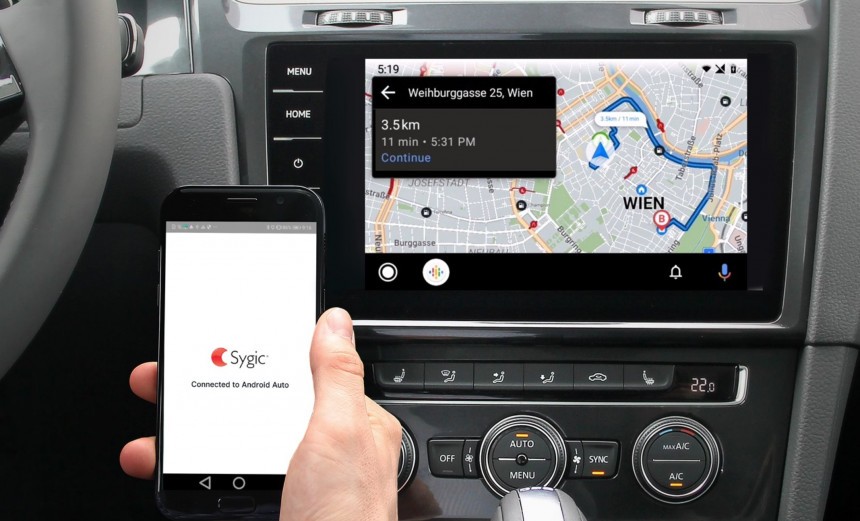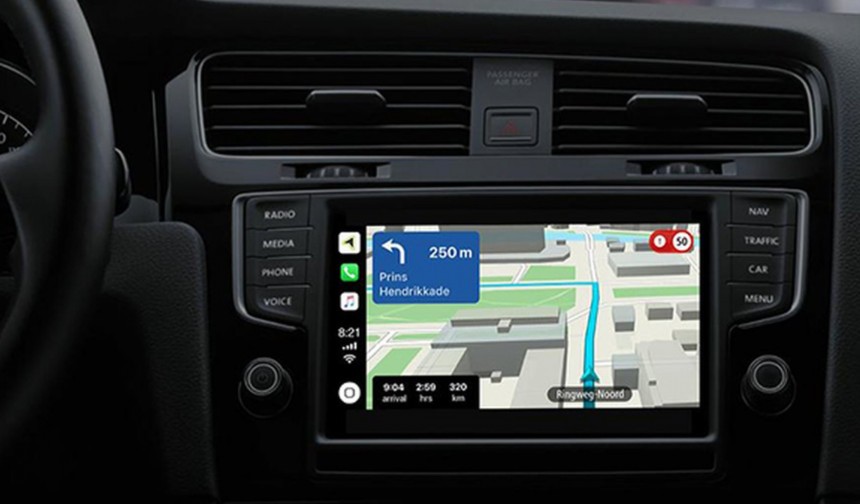Navigation software has become a must-have weapon in the digital arsenal of every modern driver out there, and we all know the reasons.
Apps like Google Maps, Waze, and Apple Maps make it a lot more convenient to find the best route to a specific destination. Furthermore, drivers are provided with a series of extras, such as real-time traffic information, alerts, and alternative routes, so they can reach their destination safer.
However, there’s one thing that all these apps are focused on: the fastest route to the destination. Google Maps is the only one that introduced a change in this regard, as it now looks for fuel-efficient routes as well, but in most cases, all these apps try to get drivers to their destinations in the fastest possible way.
Clearly, this is exactly what most drivers are interested in anyway. But a team of researchers claims this isn’t exactly the approach a navigation app should be based on.
A study conducted by researchers at Texas A&M and authored by Transportation Institute researcher Soheil Sohrabi and Dominique Lord, professor in the Zachry Department of Civil and Environmental Engineering, shows that sending drivers on the fastest route comes with a significantly higher risk of an accident.
After analyzing no less than 29,000 road segments, the team of researchers discovered that a route that reduces your travel time by 8 percent increases the risk of a crash by no less than 23 percent.
In other words, if the route you’re recommended to use is 8 percent faster than a safer alternative, the risk of being involved in a car accident is substantially higher. On the other hand, if you use a longer route that increases the travel time by 11 percent, you end up obtaining a 1 percent decrease when it comes to the risk of an accident.
The researchers explain that the current routing models of the navigation apps out there, no matter if we’re talking about Google Maps, Waze, and Apple Maps, don’t take into account too many road details, as they’re only trying to look for the fastest way to a user-defined destination.
But the roads drivers could end up on could suffer from all kinds of problems, including poor geometric designs, drainage problems, lack of lighting, and so on. All of these eventually increase the risk of an accident, essentially kind of defeating the original purpose of taking a driver to a destination safer.
Furthermore, the current weather conditions could increase the risk of accidents significantly as well. This is because some roads could be hit by floods, and while apps like Waze can flag these problems on the map, they still send drivers on them unless they are completely closed.
So can these major flaws in the current Google Maps and Waze routing model can be fixed?
It wouldn’t be easy, the researchers explain, as it all comes down to building a navigation system that’s based on safety rather than on travel time.
To do this, the system needs a substantial amount of real-time data, and when it’s not available, on historical crash data, traffic information, and current weather conditions. Suggesting a safer route, however, depends on way too many factors to allow for easier implementation, and at the end of the day, it’s something that users might not necessarily like.
A safer route could significantly increase the travel time, and drivers could be tempted to use the faster alternative because they think they’d be able to cope with the higher risk of an accident.
The researchers explain that building the perfect navigation app isn’t at all that easy, so additional work needs to be done on analyzing the main factors, including how the crash risks are determined in certain sections of the road.
However, there’s one thing that all these apps are focused on: the fastest route to the destination. Google Maps is the only one that introduced a change in this regard, as it now looks for fuel-efficient routes as well, but in most cases, all these apps try to get drivers to their destinations in the fastest possible way.
Clearly, this is exactly what most drivers are interested in anyway. But a team of researchers claims this isn’t exactly the approach a navigation app should be based on.
A study conducted by researchers at Texas A&M and authored by Transportation Institute researcher Soheil Sohrabi and Dominique Lord, professor in the Zachry Department of Civil and Environmental Engineering, shows that sending drivers on the fastest route comes with a significantly higher risk of an accident.
After analyzing no less than 29,000 road segments, the team of researchers discovered that a route that reduces your travel time by 8 percent increases the risk of a crash by no less than 23 percent.
The researchers explain that the current routing models of the navigation apps out there, no matter if we’re talking about Google Maps, Waze, and Apple Maps, don’t take into account too many road details, as they’re only trying to look for the fastest way to a user-defined destination.
But the roads drivers could end up on could suffer from all kinds of problems, including poor geometric designs, drainage problems, lack of lighting, and so on. All of these eventually increase the risk of an accident, essentially kind of defeating the original purpose of taking a driver to a destination safer.
Furthermore, the current weather conditions could increase the risk of accidents significantly as well. This is because some roads could be hit by floods, and while apps like Waze can flag these problems on the map, they still send drivers on them unless they are completely closed.
It wouldn’t be easy, the researchers explain, as it all comes down to building a navigation system that’s based on safety rather than on travel time.
To do this, the system needs a substantial amount of real-time data, and when it’s not available, on historical crash data, traffic information, and current weather conditions. Suggesting a safer route, however, depends on way too many factors to allow for easier implementation, and at the end of the day, it’s something that users might not necessarily like.
A safer route could significantly increase the travel time, and drivers could be tempted to use the faster alternative because they think they’d be able to cope with the higher risk of an accident.
The researchers explain that building the perfect navigation app isn’t at all that easy, so additional work needs to be done on analyzing the main factors, including how the crash risks are determined in certain sections of the road.
